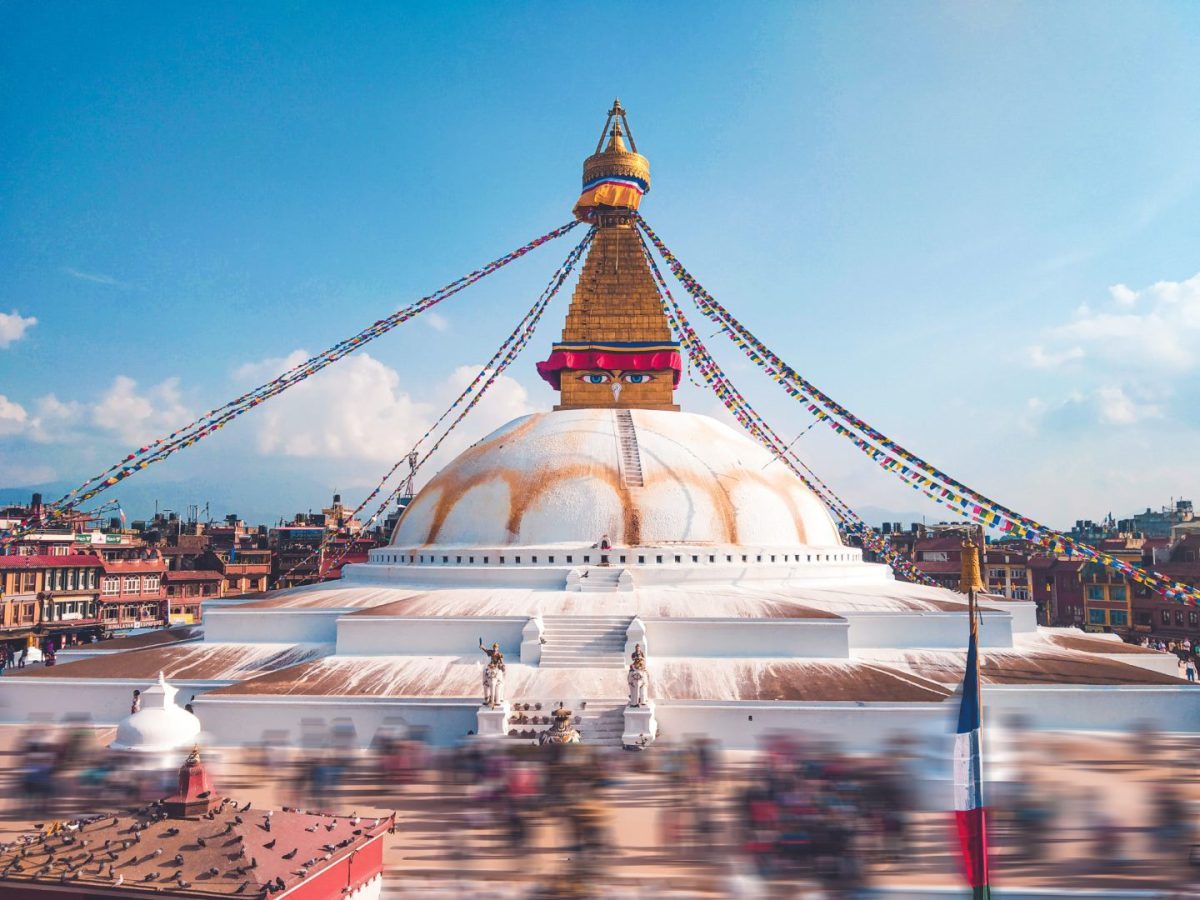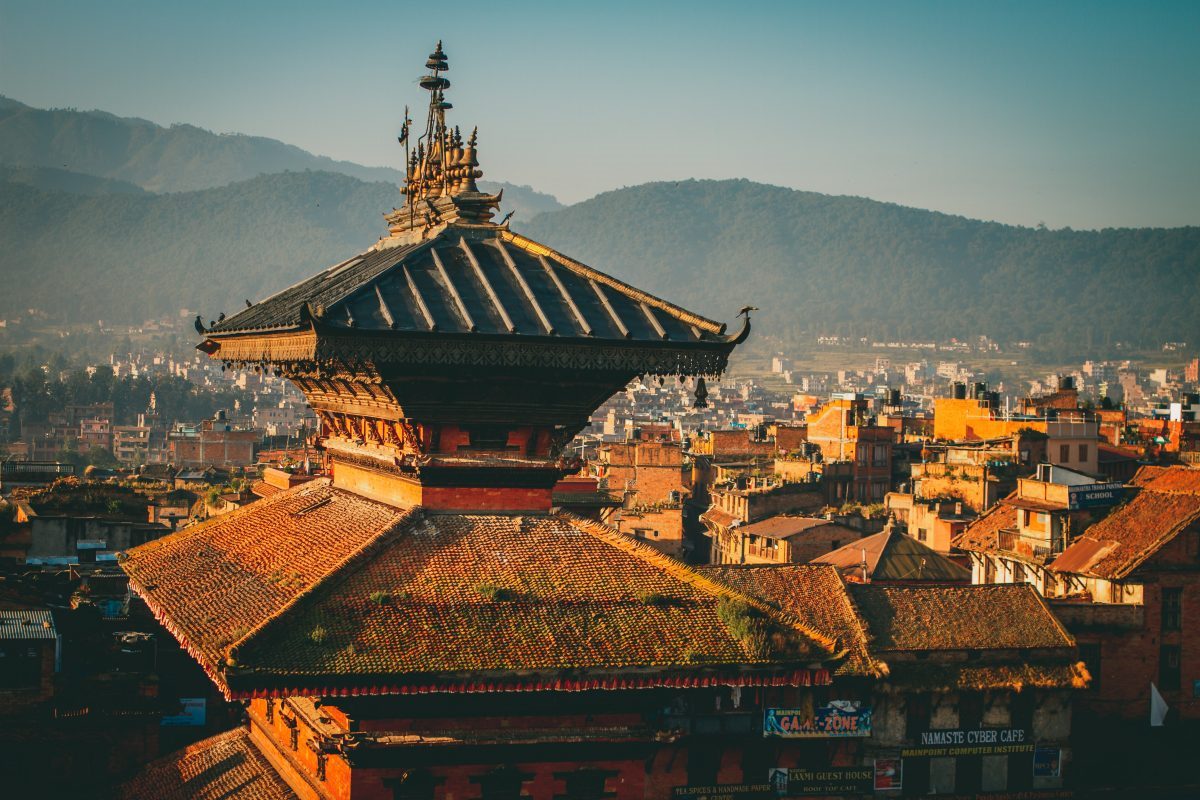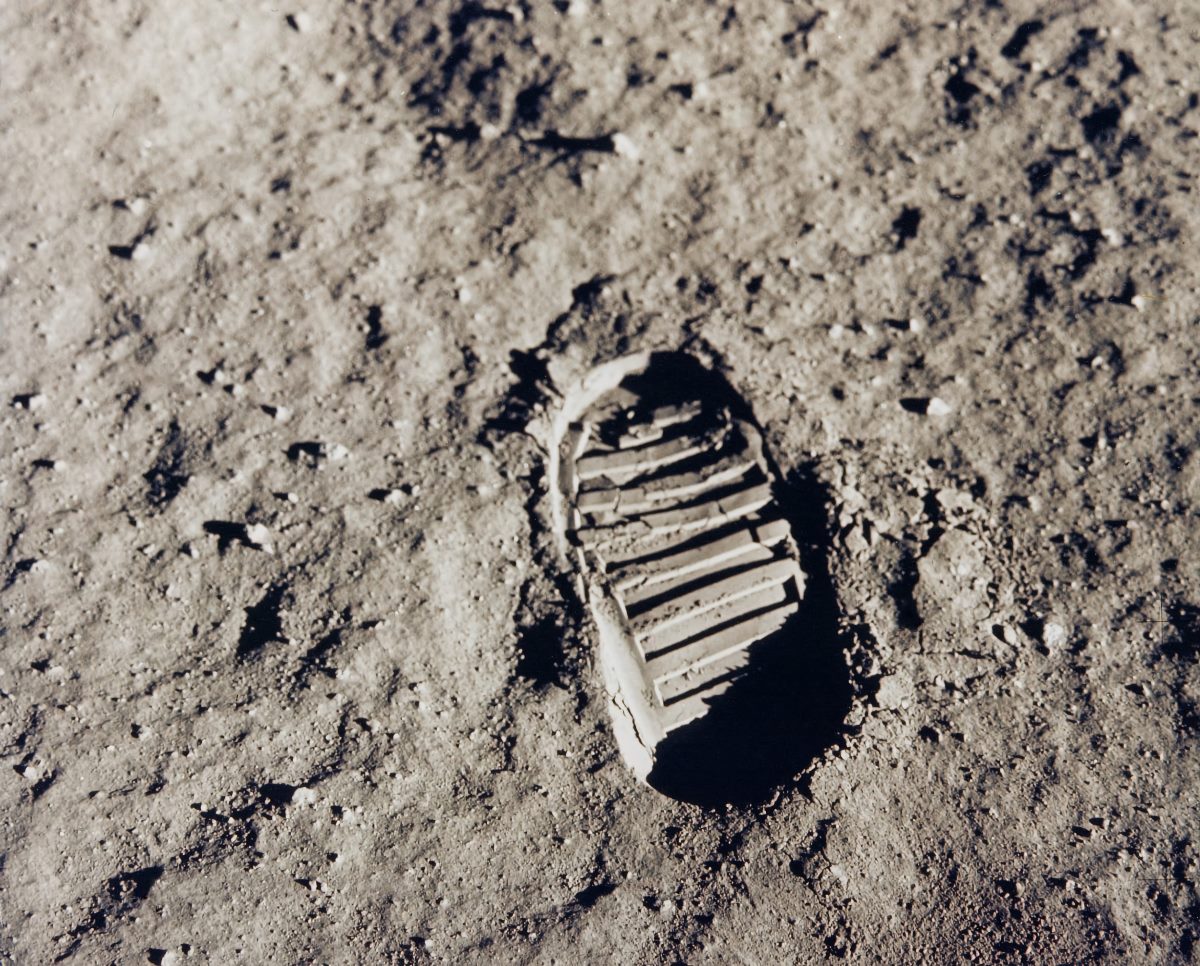How to Plan Your 12-Day Everest Base Camp Trek in Kathmandu
If you are an adventure seeker, there is nothing like the rush of trekking through the mighty Himalayas. And what better way to experience it than embarking on a 12-day hiking adventure through the world-famous Everest Base Camp Trek in Kathmandu. With breathtaking views and refreshing high-altitude air, this trek is perfect for those who crave the ultimate mountain adventure. In this guide, we will walk you through the necessary steps to plan your 12-day Everest Base Camp Trek in Kathmandu.Experience
The 12-day Everest Base Camp Trek is an exhilarating experience, trekking through the Himalayas and seeing some of the highest peaks in the world. You will visit the famous Everest Base Camp and cross the challenging Kalapatthar Pass. Along the way, you will be accompanied by experienced and knowledgeable guides who will ensure your safety and make your journey more enjoyable.Highlights
The Everest Base Camp Trek offers a number of highlights including:- Embarking on a 12-day hiking adventure through the Himalayas
- Seeing the mighty mountain peaks of Khumbetse Nuptse Lingtren Lhotse and many more
- Visiting the famous Everest Base Camp
- Being escorted by experienced and knowledgeable guides
Itinerary
Day 1:
You will start your journey with a pickup from your hotel and travel to Tribhuvan International Airport to take an early flight from Kathmandu to Lukla. Upon arrival at Lukla, you will be transferred to the starting point and begin the trek to Phakding. Stay overnight at a tea house lodge.Day 2:
On day two, you will make your way from Phakding to Namche Bazar, located at an altitude of 3440 meters. Stay overnight in the town of Namche Bazar.Day 3:
Take a rest day to acclimate to the altitude in Namche Bazar. Relax and enjoy a second overnight stay in the town.Day 4:
Depart from Namche Bazar and hike to Tyangboche located at 3867 meters. Stay in Tyangboche overnight.Day 5:
Leave Tyangboche and hike through a beautiful rhododendron forest. Cross a suspension bridge at Imja Khola and head towards Dingboche, at an altitude of 4410 meters. Stay overnight at a tea house lodge in Dingboche.Day 6:
Take a second rest day to acclimatize to the altitude in Dingboche. Enjoy the beautiful views and relax in town.Day 7:
Leave Dingboche and trek to Lobuche, located at an altitude of 4910 meters. Stay overnight at a tea house lodge in Lobuche.Day 8:
Visit Gorak Shep at an altitude of 5160 meters and hike up to Everest Base Camp. Return to Gorak Shep for an overnight stay.Day 9:
Hike to Kala Patthar and enjoy panoramic views of Mount Everest, Lhotse, and Makalu. Return to Gorak Shep for a second overnight stay.Day 10:
Make your way from Gorak Shep back to Pheriche at an altitude of 4240 meters. Stay overnight at a tea house lodge in Pheriche.Day 11:
Trek from Pheriche to Namche Bazar, passing through Tengboche and Phunki Tenga. Stay overnight in Namche Bazar.Day 12:
Trek from Namche Bazar back to Lukla and take an early flight from Lukla back to Kathmandu.Booking the Tour
To book the 12-Day Everest Base Camp Trek, visit the official website of GetYourGuide and book the tour here: book the tour here.Book Your Tour Now
Embarking on the 12-Day Everest Base Camp Trek is a once-in-a-lifetime experience that every adventurer should add to their bucket list. With this guide, you now have all the necessary steps to plan your own trek through the Himalayas. Remember to always keep safety your top priority and enjoy the breathtaking views along the way.
Frequently Asked Questions about Kathmandu
Kathmandu is the capital and largest city of Nepal. It has a rich history and culture, and is known for its temples, palaces, and vibrant street life. Here are some frequently asked questions about Kathmandu.1. What is the best time to visit Kathmandu?
The best time to visit Kathmandu is from September to November and from February to May. During these months, the weather is dry and the skies are clear, making it ideal for sightseeing and trekking. The temperatures are mild during the day and cool at night, so make sure to bring layers. Avoid visiting during the monsoon season (June to August) when heavy rains can cause flooding and landslides.2. What are the must-visit places in Kathmandu?
There are many must-visit places in Kathmandu, including:- Swayambhunath Stupa (also known as the Monkey Temple)
- Boudhanath Stupa
- Pashupatinath Temple
- Durbar Square
- Thamel neighborhood
- Chandragiri Hill
- Bhaktapur
3. How can I get around Kathmandu?
The best way to get around Kathmandu is by foot or by taxi. Taxis are plentiful and reasonably priced, but make sure to negotiate the fare before getting in. There are also local buses and microbuses, but they can be crowded and confusing for first-time visitors. Some hotels and guesthouses offer bicycle rentals, which can be a fun and eco-friendly way to see the city.4. Is Kathmandu safe for tourists?
Kathmandu is generally safe for tourists, but like any big city, it’s important to exercise caution and common sense. Petty theft, such as pickpocketing and bag-snatching, can occur in crowded areas and tourist hotspots. It’s recommended to keep valuables hidden and to avoid wearing expensive jewelry or carrying large amounts of cash. Be aware of your surroundings and trust your instincts.5. What is the local currency in Kathmandu?
The local currency in Kathmandu is the Nepalese rupee (NPR). Most places accept cash only, so make sure to have enough cash on hand. ATMs are widely available in the city, but be aware that some may charge high fees for withdrawals. Credit cards are accepted at some hotels, restaurants, and shops, but it’s always best to carry cash as a backup.6. What is the food like in Kathmandu?
Kathmandu has a diverse food scene, with influences from Nepali, Indian, Tibetan, and Chinese cuisine. Some must-try dishes include momos (dumplings), dal bhat (lentil soup with rice), and chow mein (stir-fried noodles). Vegetarian and vegan options are widely available. Be cautious when eating street food, as hygiene standards may not be up to Western standards.7. What should I pack for a trip to Kathmandu?
When packing for a trip to Kathmandu, consider the time of year you are visiting. In general, it’s best to bring comfortable and breathable clothing that can be layered, as temperatures can fluctuate throughout the day. Don’t forget to pack sturdy walking shoes or hiking boots, as there are many hills and uneven streets in the city. Other suggested items include sunscreen, insect repellent, a reusable water bottle, and a hat or scarf to protect against the sun and dust.8. Is it necessary to get a visa to visit Kathmandu?
Most visitors to Nepal are required to obtain a visa before arrival. Visas can be obtained at Nepalese embassies or consulates abroad, or on arrival at Tribhuvan International Airport in Kathmandu. The cost ranges from $25 to $125 depending on the length of stay and type of visa. It’s recommended to bring cash for the visa fee and to have a passport-sized photo on hand.9. Can I trek to Mount Everest from Kathmandu?
Yes, it’s possible to trek to Mount Everest from Kathmandu. However, it’s a challenging and strenuous trek that requires proper preparation and gear. Most treks to Everest start from Lukla, which can be reached by a short flight from Kathmandu. It’s recommended to hire a local guide or porter to assist with the trek and to acclimate to the high altitude.10. What is the predominant religion in Kathmandu?
The predominant religion in Kathmandu is Hinduism, followed by Buddhism. The city has many Hindu and Buddhist temples, shrines, and monasteries that are important cultural and religious sites. Visitors should respect local customs and religious practices, such as removing shoes before entering temples and avoiding public displays of affection.
How to Spend Your Time as a tourist in Kathmandu
Kathmandu, the capital city of Nepal, is a popular tourist destination, and rightfully so. With its rich history, captivating culture, and natural beauty, Kathmandu is a must-visit for anyone traveling to Nepal. Here is a guide on how to make the most out of your time as a tourist in Kathmandu.Explore the Temples and Palaces
Kathmandu is often referred to as the city of temples, and it is not difficult to see why. The city is home to a plethora of temples and palaces, each with its unique history and architecture. One of the most famous temples in Kathmandu is the Swayambhunath Temple, also known as the Monkey Temple. This temple sits atop a hill and offers panoramic views of the city. Another must-visit temple is the Pashupatinath Temple, which is considered one of the most sacred Hindu temples in the world. If you are interested in visiting palaces, make sure to visit the Kathmandu Durbar Square. This UNESCO World Heritage Site is home to several palaces, courtyards, and temples, all showcasing Nepal’s unique architecture and history.Experience the Culture
Kathmandu is a melting pot of culture, and as a tourist, you can experience it firsthand. Start by attending a traditional Nepali dance performance at the Mandala Theatre or the Narayanhity Palace. You can also visit the Thamel district, which is famous for its colorful streets, local shops, and food joints. If you are interested in learning more about Nepal’s culture, visit the Nepal Art Council or the National Museum, which houses several displays showcasing Nepal’s diverse art and history.Go Trekking
Kathmandu is a gateway to several famous trekking routes in Nepal, including the Everest Base Camp Trek, Langtang Trek, and Annapurna Circuit Trek. Even if you are not up for a multi-day trek, you can go on a day hike in the Shivapuri Nagarjun National Park. This national park is home to several hiking trails through lush forests and offers breathtaking views of the Kathmandu Valley.Taste the Local Cuisine
No trip to Kathmandu is complete without trying the local cuisine. Make sure to visit a local street food vendor and try momos – steamed or fried dumplings filled with meat or vegetables. You can also try dal bhat – a traditional Nepali dish consisting of rice, lentil soup, and vegetables. If you are looking for a fine dining experience, make sure to visit the Dwarika’s Hotel. This hotel is famous for its authentic Nepali cuisine and offers a stunning view of the Himalayas.Book Your Tour Now
Kathmandu is a city that offers something for everyone. Whether you are interested in culture, history, nature, or adventure, Kathmandu has it all. Make sure to plan your itinerary well in advance and make the most out of your time in this beautiful city. Remember to respect the local culture and traditions and try to leave as small an ecological footprint as possible. Enjoy your time in Kathmandu!Table of Contents

